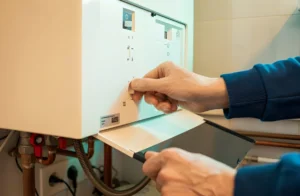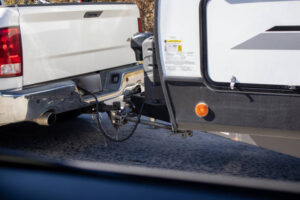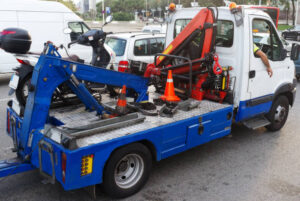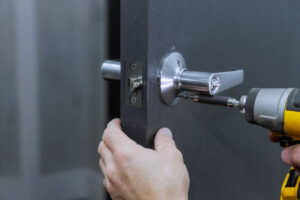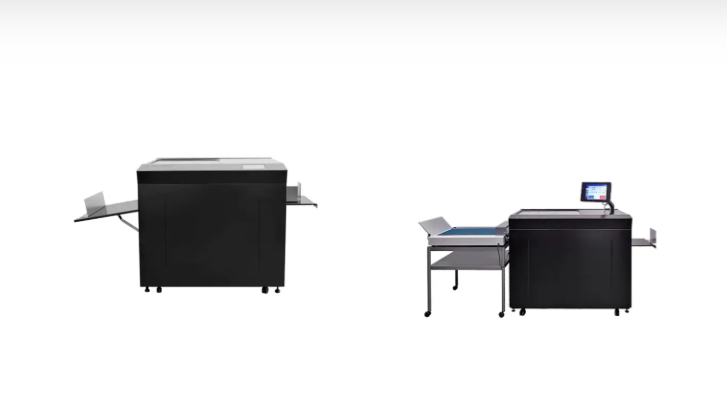
Die cutting machines have revolutionized crafting, packaging, and industrial production by enabling precision cuts, consistent shapes, and efficient processing of a variety of materials. Whether you’re a DIY enthusiast, a small business owner, or a manufacturer, a die cutting machine can save you time and improve the quality of your finished products.
In this guide, we’ll explore what die cutting machines are, how they work, the types available, and how to choose the right one for your needs.
What Is a Die Cutting Machine?
A die cutting machine is a device that uses a die (a custom-shaped metal blade or mold) to cut materials into specific shapes. These machines apply pressure to the die to cut through paper, fabric, vinyl, foam, leather, plastic, and even thin metals, depending on the model and configuration.
Die cutting is commonly used in industries like:
-
Crafting and scrapbooking
-
Packaging and label manufacturing
-
Fashion and textiles
-
Automotive and electronics
-
Printing and signage
How Does a Die Cutting Machine Work?
Die cutting machines function similarly to cookie cutters — the die acts as a template, and the machine presses it into the material to create a clean, defined shape.
There are two main processes:
-
Manual Die Cutting – A physical die is placed inside the machine along with the material. The user turns a crank to apply pressure, cutting the shape.
-
Digital Die Cutting – The machine uses a blade or laser guided by software to cut digital designs without the need for physical dies.
Types of Die Cutting Machines
Choosing the right die cutting machine depends on your intended use, budget, and material type. Here are the main types:
1. Manual Die Cutting Machines
These machines are hand-operated and use steel-rule dies to cut materials. A crank mechanism feeds the die and material through a roller system that applies pressure.
-
Ideal for: Hobbyists, schools, and small crafting projects.
-
Pros: Easy to use, no electricity required, affordable.
-
Cons: Limited to physical dies; less flexible for custom designs.
Popular brands: Sizzix Big Shot, Spellbinders Platinum
2. Electronic Die Cutting Machines
These machines plug into a power source and use software to control the cutting process. They often use a small blade to follow digital patterns, eliminating the need for physical dies.
-
Ideal for: Crafters, designers, and small businesses.
-
Pros: Custom designs, repeatability, clean precision.
-
Cons: More expensive than manual models; learning curve for software.
Popular brands: Cricut Maker, Silhouette Cameo, Brother ScanNCut
3. Industrial Die Cutting Machines
Built for high-volume production, these machines are used in commercial and industrial settings. They can use hydraulic pressure, laser cutting, or rotary mechanisms to cut large sheets or thick materials quickly and accurately.
-
Ideal for: Packaging, automotive parts, signage, electronics.
-
Pros: High speed, large format, versatile material compatibility.
-
Cons: Expensive, requires space and maintenance.
Popular formats:
-
Flatbed die cutters
-
Rotary die cutters
-
Laser die cutters
Materials You Can Cut with a Die Cutting Machine
Die cutting machines are capable of processing a wide range of materials:
-
Paper and cardstock
-
Vinyl and sticker paper
-
Leather and faux leather
-
Fabric and felt
-
Foam sheets
-
Thin plastics and laminates
-
Magnet sheets
-
Thin metal foil
Always consult your machine’s user guide for maximum thickness and material compatibility.
Common Applications
Die cutting machines are incredibly versatile. Here are some popular uses:
✂️ Crafting and Scrapbooking
Create custom shapes for greeting cards, invitations, stickers, and decorative embellishments.
📦 Packaging
Design custom boxes, inserts, and product labels for retail packaging.
👗 Fashion and Textiles
Cut patterns, patches, appliqués, and designs from fabric or vinyl.
🏫 Education
Used in classrooms for bulletin board decorations, learning materials, and hands-on art projects.
🚗 Automotive and Industrial
Cut foam, gaskets, and insulation materials for mechanical and industrial purposes.
Factors to Consider When Choosing a Die Cutting Machine
When shopping for a die cutting machine, keep the following in mind:
1. Purpose
Are you crafting for fun, running a small business, or producing at a commercial level?
2. Material Compatibility
Choose a machine that can handle the thickness and type of materials you’ll be working with.
3. Cutting Size
Larger machines offer more flexibility, especially for banners, packaging, or large decals.
4. Software and Design Tools
Digital machines often require software to operate. Ensure it’s compatible with your computer and supports the file types you use (SVG, PNG, etc.).
5. Price and Accessories
Factor in the cost of replacement blades, dies, cutting mats, and software subscriptions.
Tips for Using a Die Cutting Machine
-
Keep your machine clean to prevent dust and debris from affecting the blade or rollers.
-
Use a sharp blade for clean cuts and replace it when it dulls.
-
Test cut your material before running a full design.
-
Use proper settings for pressure, speed, and blade depth based on the material.
-
Store dies and mats flat to prevent warping or damage.
Conclusion
A die cutting machine is a powerful tool that brings creativity and efficiency to a wide variety of projects. Whether you’re cutting intricate paper designs, designing custom packaging, or working in industrial production, there’s a machine out there to suit your needs.
Understanding the different types and capabilities of die cutting machines ensures you make an informed decision — one that fits your workflow, materials, and budget. With the right machine, the only limit is your imagination.
